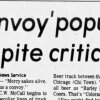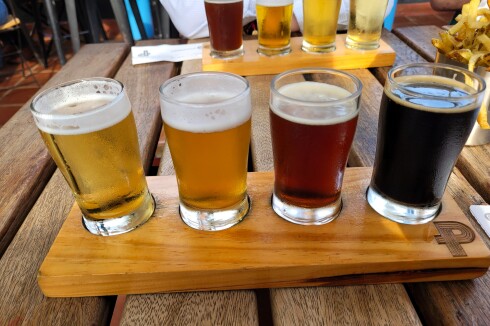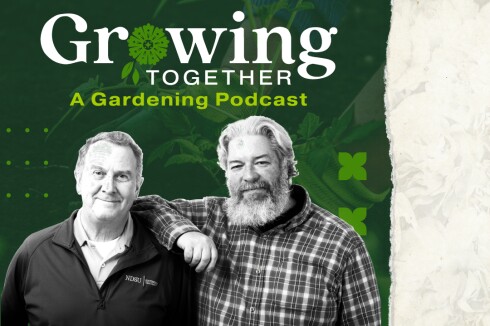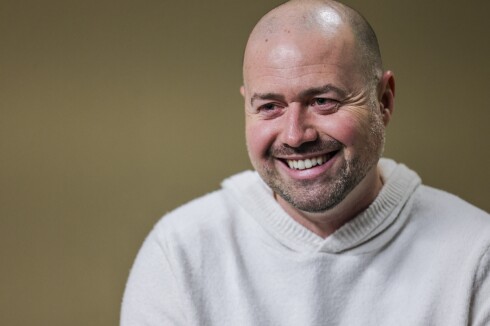I feel I am more than qualified to write a column about hair since I’ve had a love/hate relationship with mine for a very long time — actually, ever since I was very young and noticed that stuff growing out of the top of my head. And why did my mom make my head hurt when she tried to smooth it? And why did she do all that sighing while she was about it?
I know! She couldn’t do anything with my hair, either! I have “little girl pictures” of me. In them, my hair is trussed up with many barrettes, headbands and bows, but still poking out in little hairy spurts, here and there.
ADVERTISEMENT
For years, on the first day of summer vacation from school, she would try to make my hair better behaved by giving me a “permanent wave,” as they were called in the 1940s It took up most of the day and when my dad came home, the first thing he’d say is, “Hey, who’s been throwing rotten eggs in here?"
Then, I would have curls for a while or frizz, depending on how successful the perm had been. But, on or about the last day of summer vacation, my mom would cut my hair for school. If I say, “A little Dutch boy whose mom used her wooden bread bowl as a pattern to give him a haircut,” you’ll know what mine looked like most of the time and I have the annual school pictures to prove it.
In one of those pictures, not only is my hair unruly, but I have no eyebrows. I had watched my mom pluck her eyebrows and thought I should do the same to look nice for my school picture the next day. I couldn’t find those tweezers she used, so I snuck her embroidery scissors and used those instead. Chop, chop!
That was in the 1940s, when women wound their strands of hair into circles all over their head and held them down with bobby pins. There were also metal curlers that looked like miniature armored caterpillars. Women went to bed with their hair trussed up in metal. How on earth did they ever get to sleep?
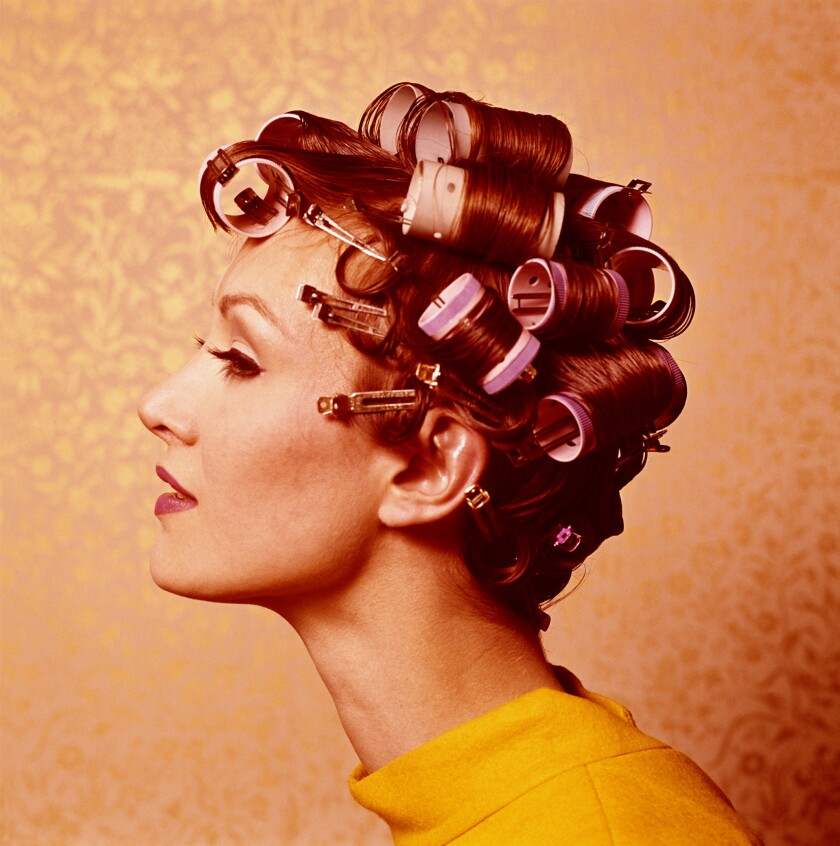
The hairdos were quite sculptured in the 1940s, featuring shoulder-length hair fluffed up on the ends, fat, sausage rolls of hair, with a very definite part on either side of the head. Betty Grable-style up-dos were all the rage, with the back of the hair smoothed upward and held with combs or hairpins, erupting into a froth of curls on top of the head.
In fact, the hairstyles mostly copied those of the movie stars. An actress named Veronica Lake was more well-known for her hairstyle than her acting or the movies she made. A redhead, she wore her hair swooped up and back on one side, but kept it waved over and covering half of her face on the other. The film makeup people must have loved her. Not only did she need less makeup, she only took half their time.
Men’s hair was still under the military influence of WWII and kept clipped short and smooth. As our hair got bigger, the guys' hair seemed to get closer and closer to their heads. The “butch” and the “flat-top” were in, with some barbers actually using rulers to make sure their flat-top cuts didn’t have any divots in them and didn’t slope to one side or the other.
ADVERTISEMENT
It wasn’t until the mid-'50s, when Marlon Brando, Elvis and James Dean led the way, that longer hair, combed back and up into waves that culminated in a little flippy tail in the back, that teenagers and young men (and even some daring women) started sporting the “D.A.” or “duck’s ass." This was a rebel hairstyle, used in most instances to irritate parents, except the ones who owned stock in Brylcreme. It took a lot of grease and constant combing to keep that hair looking control-disheveled. The new male accessory was a black hard rubber comb.
In the mid-'50s, I finally got my wish. I side-stepped my mother’s annual hair shearing and grew my hair out. I was too late. Everybody else was following Audrey Hepburn and getting a pixie cut.
I remember my first hair rollers that I used to curl my hair into a bouffant puff all over my head in the '60s. They were pink foam and had little bendable plastic “arms” to hold them in place after you wound your wet hair around them.
As we got closer to the 1970s, and our hairstyles got bigger and bigger, more and more bouffant, the curlers also got bigger, finally reaching the circumference of soup cans. In fact, some women actually used empty soup cans to do the job. Then we ratted, back-combed and padded our hair with hard nylon rolls to achieve that babydoll look with the oversized head.
We thought we looked fabulous, like Twiggy, she of the mini-dresses, tight plastic knee-high boots and a head three sizes larger than her skinny little body, but actually, we probably looked more like we had a furry animal nesting on top of our heads.
Hair is an ongoing nuisance, isn’t it? Hair always looks best the day before you have an event or a good reason for it to look good. The big day dawns and finds your hair marching to its own drum, unwilling to cooperate and looking like you styled it with your hand-held mixer.
As I said, a love/hate relationship.
ADVERTISEMENT







